
OpenAI Announces Chat GPT-4, an AI That Can Understand Photos
OpenAI has today announced GPT-4, the next-generation AI language model that can read photos and explain what's in them, according to a research blog post.

OpenAI has today announced GPT-4, the next-generation AI language model that can read photos and explain what's in them, according to a research blog post.

Canon has showcased a neural network, deep learning-powered image processing technology that can dramatically improve image quality in three areas: noise, color, and lens imperfections such as aberrations or blur.
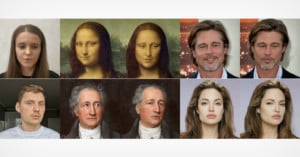
Researchers from Samsung Labs have developed a way to create high-resolution avatars, or deepfakes, from a single still frame photo or even a painting.
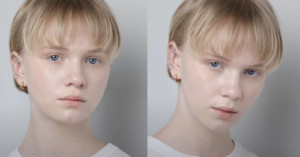
Retouch4me has announced the first neural network-trained plugin for DaVinci Resolve that automatically retouches skin imperfections extremely quickly and entirely on its own.
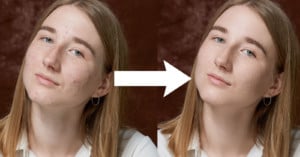
Retouch4.me offers a collection of nine plug-ins that it says use AI to capably and effectively retouch photos and target specific retouching tasks to quickly automate what would normally take much longer to do by hand.
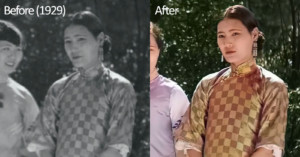
Using an open-source AI-colorization technique, Glamourdaze has restored early 20th-century footage to add color and relatability allowing viewers to travel back in time and look at hundred-year-old clips through a modern perspective.
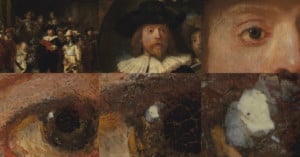
The Rijksmuseum in Amsterdam has released an interactive photo of The Night Watch painting by Rembrandt in a staggering resolution of 717-gigapixels. The museum claims it is the highest resolution photo of artwork ever captured.

Google's new "Pet Portraits" feature inside its Arts and Culture app allows users to find works of art that resemble their pets by simply submitting a photo and letting the artificial intelligence find a match from thousands of art pieces.
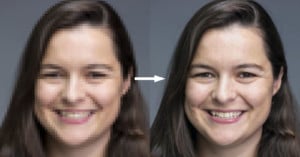
Photo enhancing in movies and TV shows is often ridiculed for being unbelievable, but research in real photo enhancing is actually creeping more and more into the realm of science fiction. Just take a look at Google's latest AI photo upscaling tech.
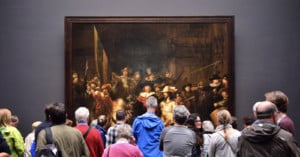
For the first time in 300 years, viewers can enjoy "The Night Watch" -- the iconic painting by Rembrandt -- in its entirety thanks to high-resolution photography and computer learning efforts.
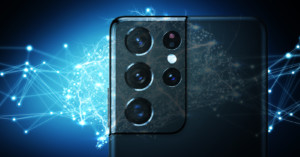
CMOS image sensors, while amazing in many ways, aren't flawless: they are affected by many different types of noise introduction that can reduce image quality. That noise can lead to corrupted pixels -- or "bad" pixels -- and Samsung has unveiled a new method to get rid of them: a neural network.

Artificial Intelligence and machine learning advancements have allowed researchers to build detailed 3D models of real-world locations by using the reference data of thousands of tourists' photos. The finished models have cleanly removed unwanted objects and even normalized lighting conditions.
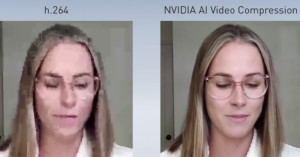
NVIDIA Research has invented a way to use AI to dramatically reduce video call bandwidth while simultaneously improving quality.
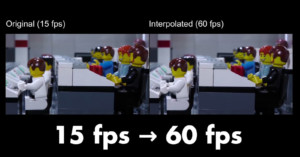
Earlier this year, researchers from two universities and Google published a new AI-powered technique they developed called "Depth-Aware Video Frame Interpolation" or DAIN, and it's simply mind-blowing. The tech can interpolate a 30fps video all the way to 120fps or even 480fps with almost no visible artifacts.
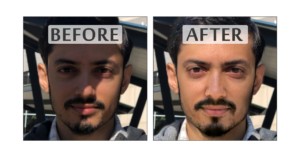
A team of computer scientists from Google, MIT, and the University of California, Berkeley have created an impressive AI-powered "shadow removal" tool that can realistically remove harsh shadows from portraits, while leaving natural shadows intact. The results are impressive.
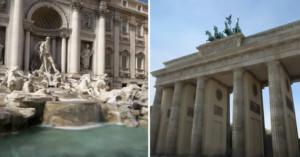
A team of researchers at Google have come up with a technique that can combine thousands of tourist photos into detailed 3D renderings that take you inside a scene... even if the original photos used vary wildly in terms of lighting or include other problematic elements like people or cars.
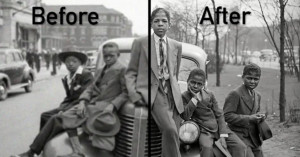
In "news we missed last month," genealogy website MyHeritage has launched its very own easy-to-use Photo Enhancer tool that uses deep learning technology to turn blurry or faded family photos into sharp snaps in a single click. People on social media are loving it.
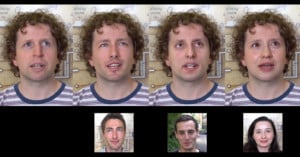
Disney researchers have unveiled a new algorithm for fully automatic high-resolution face-swapping for both photos and videos.
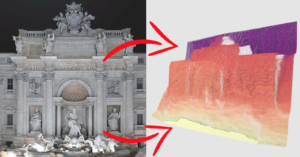
Facebook just expanded 3D photo posting to phones that don't actually capture depth data. Using the magic of machine learning (i.e. artificial intelligence), Facebook taught a neural network how to "infer 3D structures from 2D photos," even if those photos were taken with a single lens camera.
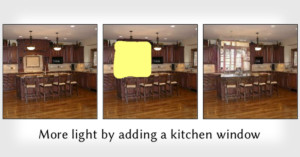
There's amazing work being done in the area of using neural networks to edit or create photos. If you'd like to experience some cutting-edge technology for yourself, check out GANPaint Studio. It's a free online demo that shows how photo editing tools of the future could work.
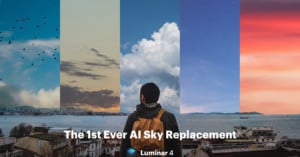
Skylum has officially announced the upcoming release of Luminar 4—the next generation of their increasingly popular photo editor—by showing off a new AI-powered editing tool that will be available only to Luminar 4 users: AI Sky Replacement.
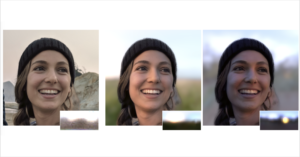
A group of researchers and engineers from UC San Diego and Google have trained a neural network to "relight" portraits after the fact "according to any provided environment map." In other words: their system can take any photo and adjust the lighting at will—including the direction, temperature, and quality of the light.
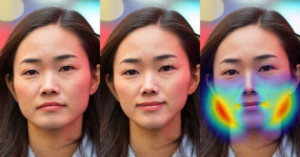
Fake photos are a rampant issue in our digital age, but researchers are working hard to restore a greater degree of trust to photography. One team has created a new AI that can detect when faces in photos were manipulated using Photoshop.
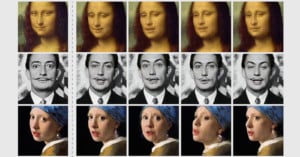
There have been huge advancements in recent years in the area of AI "deepfakes", or fake photos or videos of humans created using neural networks. Fake videos of a person usually require a large number of photos of that individual, but Samsung has figured out how to create realistic talking heads from as little as a single portrait photo.
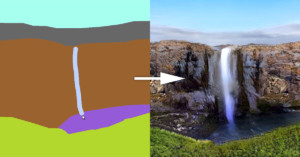
Impressed by NVIDIA's AI creating photorealistic portraits of people who don't exist? Check out what the company is doing with landscapes. NVIDIA has developed a powerful AI that can turn your doodles into photorealistic landscape images in real-time.
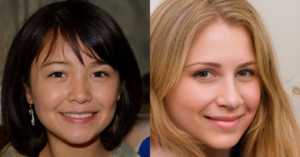
NVIDIA got the world talking in December 2018 after showing off a new AI that can create ultra-realistic photos of people who don't actually exist. Now there's a website that lets you generate these imaginary portraits yourself. It's called thispersondoesnotexist.com.
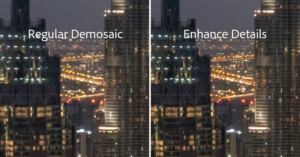
Adobe has announced a new feature for Lightroom and Camera Raw called Enhance Details. It harnesses the power of artificial intelligence to produce more detail and fewer issues in RAW photos.
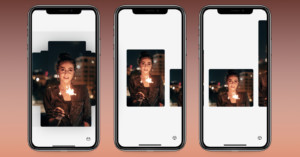
The photo editing software company Polarr has launched a new iOS app called Deep Crop that uses AI to crop your photos " like a professional photographer."
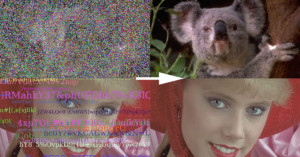
NVIDIA has unveiled an impressive new AI that can automatically remove noise, grain, and even watermarks from photos. What's even more impressive is the fact that it's all accomplished without studying any examples of "clean photos" -- all the AI needs are examples of corrupted images.
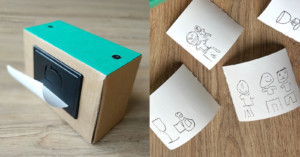
How accurately do you expect your camera to be in representing the real world? If your answer is "not very," then Draw This is an instant camera designed for you. It snaps pictures and prints them as cartoon drawings.